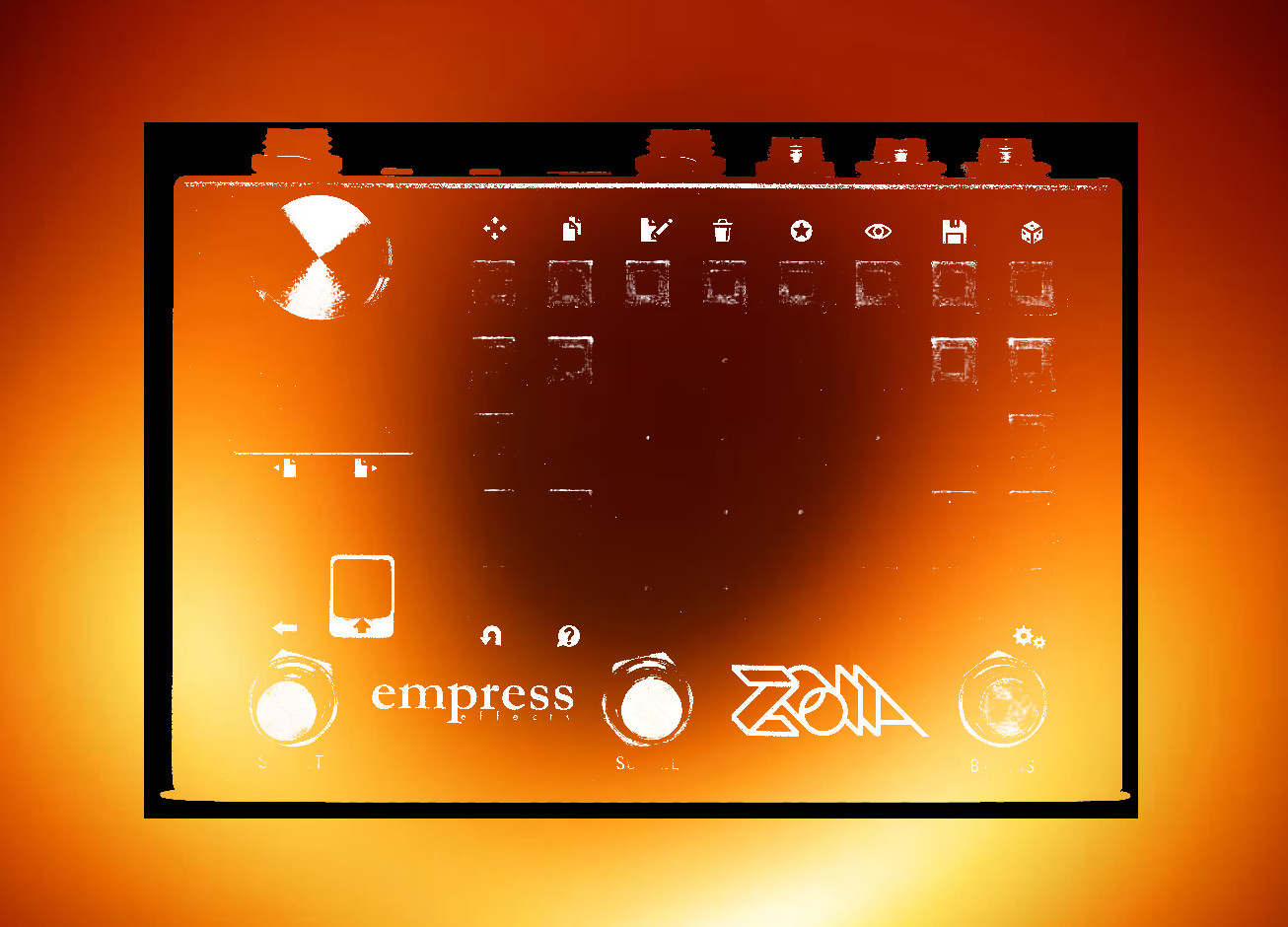Utility patch: simple metering
This is the patch I made for my mini-tutorial on level metering at the suggestion of one of my patrons, Stepan Grammatik. (Great idea, Stepan!)
Each version of the patch is reproduced, with the pixels placed on the first page and the control modules on the second, in pairs.
A special thanks to my patrons on Patreon for their support: Rob Flax, Stepan Grammatik, brockstar, Mats Unnerholm, D Sing, Will Scott, drew batchelor, Miguel, Steve Bragg, Joab Eastley, Tomi Kokki, Mitch Lantz, Ben Norland, Daniel Morris, Roman Jakobej, Mark Crosbie, and Steve Codling! (And a super special thanks to Stepan!)
If you would like to support my work on ZOIA, please visit patreon.com/chmjacques
Page 0 & 1. Mono metering.
Audio connect (left input) to envelope follower on page 1.
Page 2 & 3. Stereo metering.
Audio connects to envelope followers on page 3. The one on the left corresponds to pixels on the left side of the page. The one on the right… you get the idea.
Page 4 & 5. Crossover metering (mono).
Audio connects to SV filter input on page 5. The audio is split by the low- and high- pass filters into low and high bands.
There is a value module labeled “X-over frequency” to set the frequency crossover. You could get better separation if you used separate filters with separate frequencies (offset by perhaps an octave), since the shallow slopes of the ZOIA’s filters do not create the most discrete boundaries. The method I used, utilizing two outputs of the same SV filter is much faster to patch, but not terribly sensitive.
Pixels on the left side correspond with low frequencies; pixels on the right correspond with high frequencies.
Page 6, 7 & 8. Crossover metering (stereo).
Connect audio to SV filters on page 7. As with stereo monitoring, left corresponds with left, right with right.
Page 9. Audio in and audio out.
Envelope followers are derived from these inputs. Audio passes through the patch, unaffected, in stereo.
You can easily expand on these with more filtering. Metering length-wise will give you more detail (8 degrees as opposed to 5). And obviously, you can do more with coloring; I stayed traditional for the purposes of demonstration.
Mini-tutorial:


